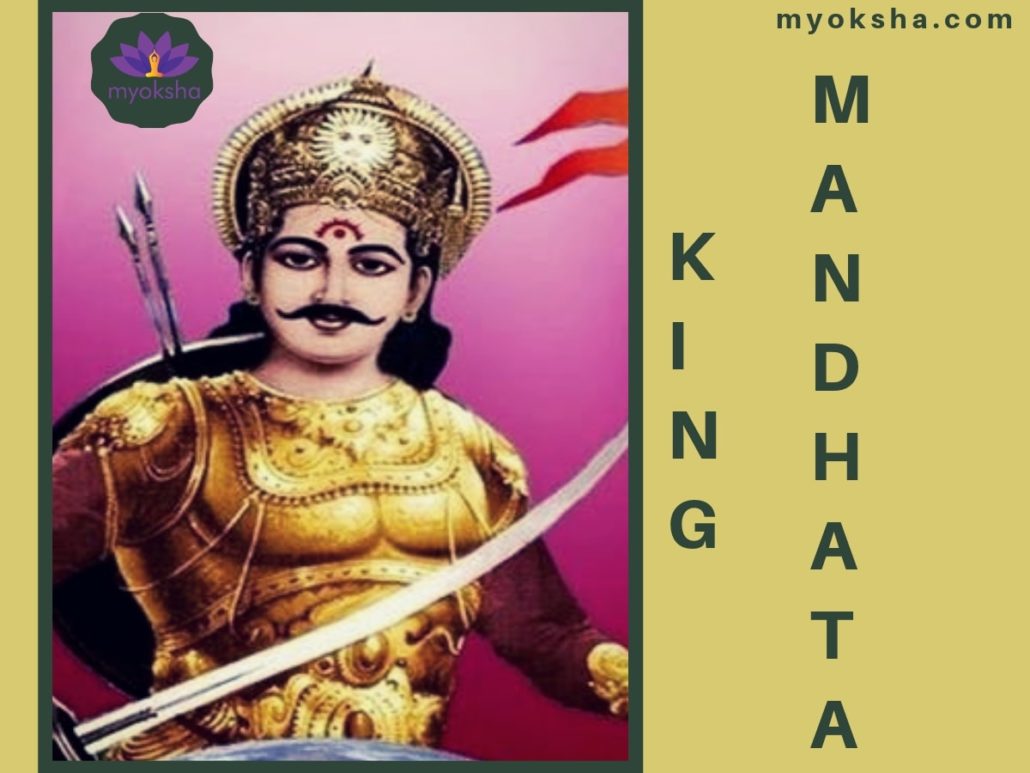Valley of flowers is an Indian National Park in the Chamoli district of Uttarakhand. It is rich in flora and fauna that includes endangered and rare species of plants as well as animals. This diversity is a representative of a unique transition zone between the mountain ranges of Zanskar and Great Himalaya.
Valley of Flowers – Overview
| Opening Timings of the Valley | 8 am – 5 pm |
| Time required to see the valley | 4 – 5 hours |
| Best Time To Visit | Mid of July to August |
| Entry Fee | 20 rupees per person |
| Nearest Airport | Jolly Grant Airport |
| Location | Chamoli, Uttarakhand |
Furthermore, the valley lies 20 km northwest of Nanda Devi National Park. Moreover, the valley is open for visitors beginning of June till the start of October.
The Uttarakhand State Forestry Department, the national Ministry of Environment and Forests, India are responsible to administer the valley.
What is the significance of Valley of flowers?
This picturesque valley is significantly popular as an amalgamation of 600 different species of flora. Moreover, 62 species of Asteraceae dominate the valley. However, 45 species from the valley are used for medicinal purposes by the villagers. Also, it is home to endangered fauna such as red fox, snow leopard, musk deer, etc.
Moreover, it provides aesthetic pleasure to visitors because of a rich variance of flora growing here. Moreover, on the religious front, it is a popular destination where yogis visit for meditation since ages. Also, locals believe that Gods and fairies inhabited the valley.

Nanda Devi, the regional peak is worshipped throughout the valley as an epitome of the goddess who is believed to be one of the incarnations of Goddess Durga.
What are the timings of Valley of Flowers?
| Timings | From |
| Open | 8 am |
| Close | 5 pm |
What is the history of Valley of flowers?
The history of this valley traces back to 1931, prior to which it existed in seclusion. Hence, In 1931, three British mountaineers namely, Frank S. Smythe, Eric Shipton and R.L. Holdsworth lost their way while coming back from Mount Kamet. Fortunately, they came across the place which was full of flowers. Hence, they named it ‘Valley of flowers’.

In 1980, the Government of India declared Valley of Flowers as a national park under the Wildlife Protection Act of 1972, for the conservation of its flora and fauna.
The valley also is a part of UNESCO World Heritage Sites.
How to reach Valley of flowers?
Here’s how to reach the place:
- Air: Jolly Grant Airport is the nearest airport. It is 284.6 km away from Govindghat.
- Train: The nearest railway station is Rishikesh. It is at a distance of 273 km from Govindghat.
- Road: Buses to Rishikesh are available from ISBT Kashmere Gate. From there, one can avail buses or taxis to Govindghat. One has to complete a trek of 16 km from there to this divine valley.

Where to stay near Valley of flowers?
Some of the places where one can stay near Valley of flowers are:
- Hotel Heaven: The hotel offers all the modern facilities to its guests. Moreover, backed by a team of skilled professionals, the property ensures that all needs of guests are fulfilled timely.
- Hotel Sudarshan Palace: This Hotel provides all luxurious to its guests. Moreover, both interiors, as well as the exteriors of the place, are a complete charm. Also, it is quite budget-friendly.
- Shri Krishna Palace Hotel: This accommodation in Chamoli features a total of 36 well-maintained and spacious rooms. Additionally, this hotel in Chamoli provides a hygienic and comfortable stay.
What are some places to visit near Valley of flowers?
Some of the places one can visit near Valley of flowers is:
- Hemkund Sahib: Hemkund Sahib (Formerly Gurudwara Shri Hemkund Sahib Ji) is a Sikh place of worship in the Chamoli district of Uttarakhand. The place is dedicated to the tenth Guru of Sikhism- Shri Guru Gobind Singh.
- Badrinath Temple: Badrinath Temple is a Hindu temple dedicated to Lord Vishnu in the Garhwal region of Uttarakhand. Devotees believe that the statue of the Deity Lord Vishnu placed inside the temple is self-manifested. Also, it is a part of the Char Dham Yatra in Uttarakhand.
- Narsingh Temple, Joshimath: It is an ancient temple for Lord Narsimha, the fourth incarnation of Vishnu. Since the temple is a part of ‘Sapt Badri’, it is also popular as Narsingh Badri Temple.

















